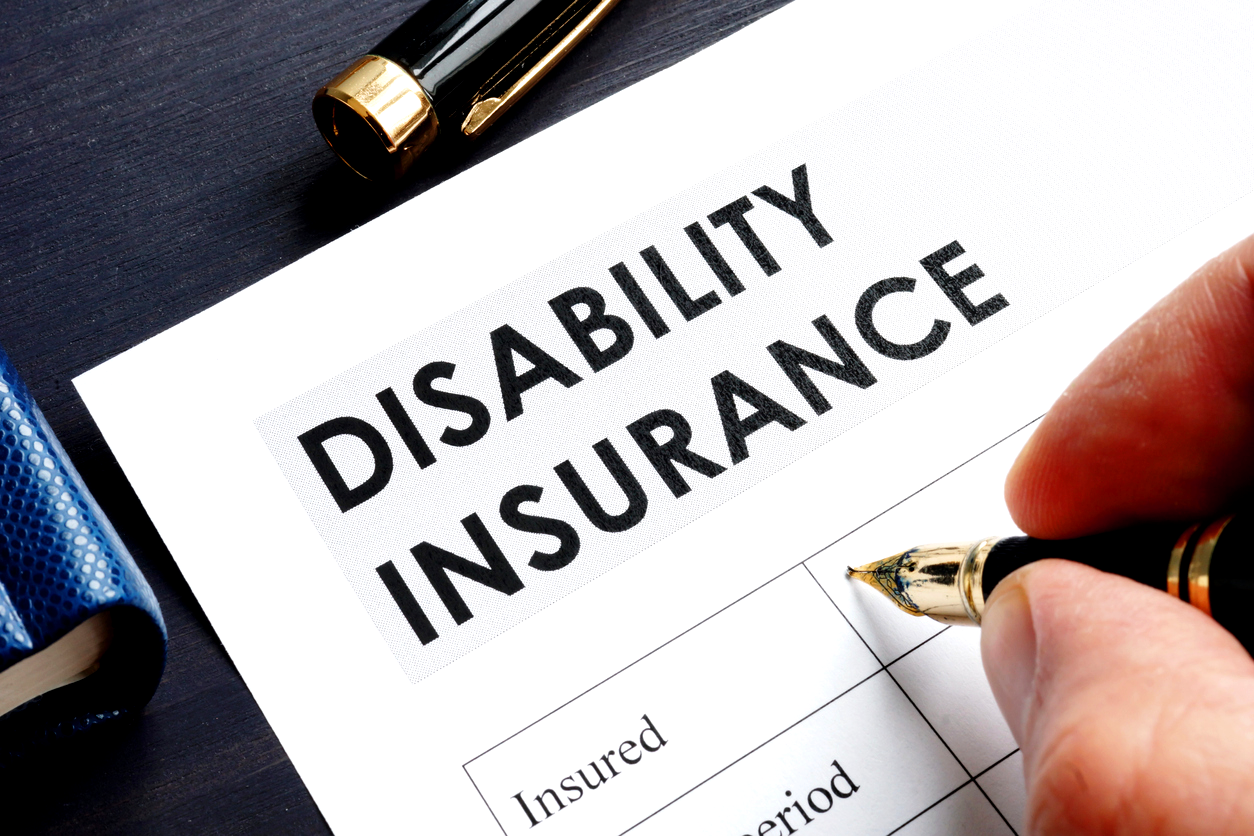
Disability insurance is a type of insurance that provides financial protection to individuals who are unable to work due to illness or injury. It acts as a safety net, replacing a portion of the individual’s income to help them cover their living expenses while they are unable to work.
In this article, we will explore what disability insurance is, how it works, the different types of disability insurance, eligibility, and coverage, benefits, factors to consider when choosing disability insurance, common misconceptions, how to apply, waiting periods, and benefit periods, tax implications, and disability insurance for self-employed individuals and employees.
Definition of Disability Insurance:
Disability insurance, also known as income protection insurance, is a type of insurance that provides a source of income to individuals who are unable to work due to an illness or injury.
Read More: 7 Hints You Might Need to Hire a Disability Attorney
It is designed to replace a portion of the individual’s income and help them maintain their standard of living while they are unable to earn an income. Disability insurance typically pays a monthly benefit to the policyholder, which is based on a percentage of their pre-disability income.
Types of Disability Insurance:
There are two main types of disability insurance: short-term disability insurance and long-term disability insurance.
- Short-term disability insurance: This type of disability insurance provides coverage for a short period of time, usually up to six months. It is designed to provide temporary income replacement for individuals who are unable to work due to a temporary illness or injury, such as a short-term illness or recovery from surgery.
- Long-term disability insurance: This type of disability insurance provides coverage for a longer period of time, typically until the individual reaches retirement age or is able to return to work. It is designed to provide income replacement for individuals who are unable to work due to a long-term illness or injury, such as a chronic illness or a permanent disability.
How Does Disability Insurance Work?
Disability insurance works by providing a source of income replacement to individuals who are unable to work due to illness or injury. When an individual becomes disabled and is unable to work, they can file a claim with their disability insurance provider.
The insurance provider will then review the claim and determine if the individual meets the policy’s definition of disability, which can vary depending on the policy.
If the claim is approved, the individual will start receiving monthly disability benefit payments, which are typically a percentage of their pre-disability income.
The benefit payments are intended to help the individual cover their living expenses, such as rent or mortgage payments, utilities, groceries, and other essential costs, while they are unable to work. The amount of the benefit payments and the length of time they are paid depends on the terms of the disability insurance policy.
Eligibility and Coverage:

Eligibility for disability insurance and the coverage provided can vary depending on the insurance provider and the specific policy. Typically, individuals who are employed and earn an income are eligible for disability insurance.
Self-employed individuals may also be eligible for disability insurance, but the requirements and coverage may differ from those for employees.
The coverage provided by disability insurance also varies based on the policy. Some policies may offer coverage for any occupation, meaning the individual is considered disabled if they are unable to work in any occupation for which they are reasonably qualified.
Other policies may offer coverage for own occupation, meaning the individual is considered disabled if they are unable to work in their specific occupation or field. It’s important to carefully review the policy terms to understand the eligibility requirements and coverage provided.
Benefits of Disability Insurance:

Disability insurance provides several benefits to individuals who are unable to work due to illness or injury. Some of the key benefits of disability insurance include:
- Income replacement: Disability insurance provides a source of income replacement, helping individuals cover their living expenses while they are unable to work. This can help maintain their standard of living and financial stability during difficult times.
- Flexibility: Disability insurance benefits can be used to cover a variety of expenses, such as rent or mortgage payments, utilities, groceries, medical bills, and other essential costs. This provides flexibility for the individual to use the benefit payments as needed to meet their financial obligations.
- Peace of mind: Disability insurance provides a sense of security and peace of mind, knowing that there is a financial safety net in place in case of disability. This can help alleviate the financial burden and stress that may arise from being unable to work due to illness or injury.
- Protection for assets: Disability insurance can help protect an individual’s assets, such as savings, investments, and retirement funds, from being depleted in case of disability. This can help preserve their financial future and long-term financial goals.
Read More: 5 Questions to Ask Your Estate Planning Lawyer
Factors to Consider When Choosing Disability Insurance:
When choosing disability insurance, there are several important factors to consider to ensure that the policy meets the individual’s needs. Some of the key factors to consider include:
- Coverage amount: The amount of disability insurance coverage should be sufficient to replace a significant portion of the individual’s income. Consideration should be given to the individual’s current income, living expenses, and financial obligations.
- Definition of Disability: The definition of disability in the policy should align with the individual’s occupation and job responsibilities. Own occupation coverage may be preferable for individuals with specialized occupations or skills.
- Waiting period: The waiting period is the length of time the individual must wait after becoming disabled before they can start receiving benefit payments. Shorter waiting periods may result in higher premiums, but provide quicker access to benefits.
- Benefit period: The benefit period is the length of time the individual can receive benefit payments while disabled. Longer benefit periods provide more extended coverage, but may also result in higher premiums.
- Premiums: The cost of premiums is an important consideration when choosing disability insurance. It’s essential to understand the premium structure, including any potential increases over time, and how it fits into the individual’s budget.
- Additional riders: Disability insurance policies may offer additional riders, such as cost of living adjustments, future purchase options, or residual disability benefits. These riders can provide additional coverage and should be carefully considered based on the individual’s needs.
Conclusion
Disability insurance is an important financial protection tool that can provide income replacement and financial stability in case of disability due to illness or injury. It’s crucial to carefully consider the coverage amount, definition of disability, waiting period, benefit period, premiums, and any additional riders when choosing a disability insurance policy.
Common misconceptions about relying on workers’ compensation or government benefits, assuming employer-provided coverage is enough, and not reviewing policy details should be avoided. By understanding the benefits of disability insurance and making informed choices, individuals can safeguard their financial well-being in case of disability.








3 Comments